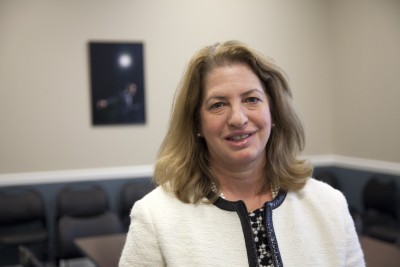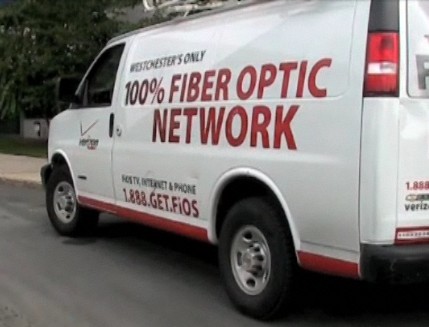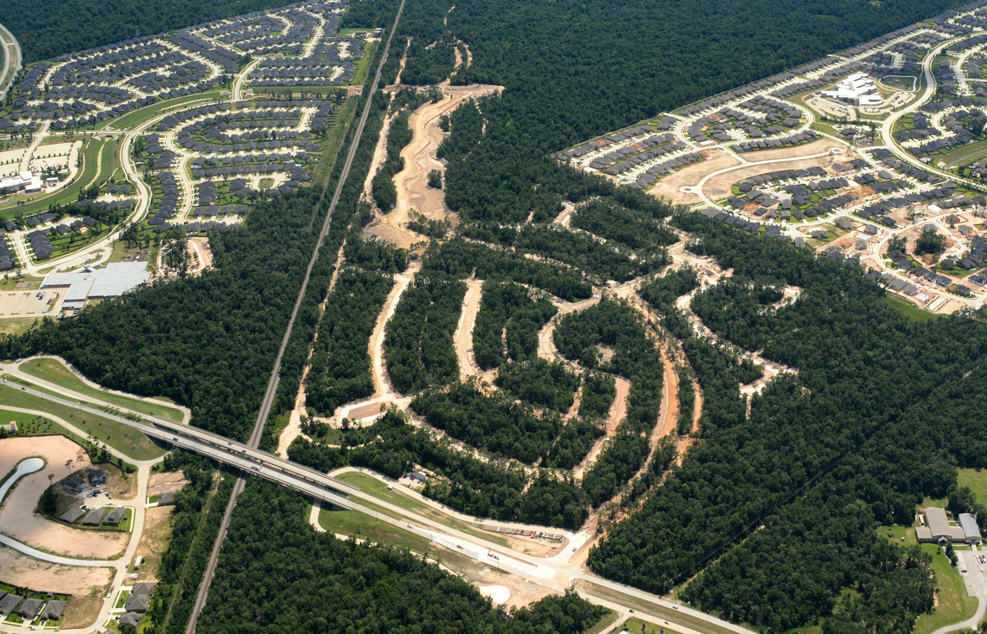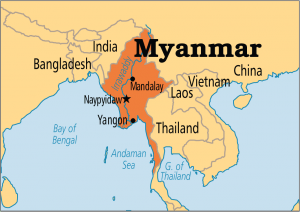
Zibelman
After the N.Y. Public Service Commission heard an earful about Verizon’s broken promise to deliver FiOS service to every resident in New York City, the head of the PSC has sent a letter to Verizon reminding them of their obligation and requesting an explanation:
At a recently conducted July 15, 2015 Public Statement Hearing held in the City of New York in the matter of the Study on the State of Telecommunications in New York State […] citizens of the City expressed concern over the pace of Verizon New York Inc.’s (Verizon) Fiber-to-the Premises (FTTP) build-out. Some of the commenters stated that they called Verizon to find out when FiOS would be available in their building and the Company could not provide a specific date or time. Others asked why some buildings had been wired for FiOS while others were still being served over the copper network.
Among the Commission’s minimum requirements and terms included in the approval of Verizon’s cable franchise agreement with the City, is the requirement to complete upgrading its wire centers to video serving offices (VSO) and have its FTTP network “pass all households served by [Verizon’s] wire centers within the Franchise Area” 1 by no later than June 30, 2014.
Audrey Zibelman, chair of the PSC, acknowledged Verizon’s repeated explanation that building owners have often been reluctant to let Verizon engineers into their buildings to initiate the FiOS upgrade, noting Verizon has filed more than 45 petitions for Order of Entry with the PSC over the past two years, identifying over 3,000 buildings with “access” issues of one type or another. Approximately 50% of the building access problems have been identified in Manhattan; about 20% each in Bronx and Queens; 13% in Brooklyn, and the rest in Staten Island and Long Island.
 But Zibelman assumes at least some of those disputes have since been settled and now wants details about where Verizon is still unable to offer FiOS in New York City and why. She also wanted to make sure Verizon was not favoring certain areas over others for fiber service:
But Zibelman assumes at least some of those disputes have since been settled and now wants details about where Verizon is still unable to offer FiOS in New York City and why. She also wanted to make sure Verizon was not favoring certain areas over others for fiber service:
The agreement also provides that Verizon will conduct the build-out in a way that will prevent redlining, or discrimination based on income, by requiring Verizon to build-out simultaneously to all boroughs and in a manner relatively proportionate to household income. Specifically, the median household income of all homes passed shall not be greater than the average household income of all the households in the City.
 “Indicate whether Verizon has achieved its six-year build-out in the cable franchise agreement,” Zibelman asked. “If Verizon has not achieved that build-out, please provide all documentation that Verizon provided to the City to justify the basis for any delay. In addition, please provide a current status of the FTTP build-out, by Borough, indicating the percentage and number of buildings served, and the remainder of buildings yet to be served. Provide a status update of the buildings identified in previous Verizon petitions for Orders of Entry.”
“Indicate whether Verizon has achieved its six-year build-out in the cable franchise agreement,” Zibelman asked. “If Verizon has not achieved that build-out, please provide all documentation that Verizon provided to the City to justify the basis for any delay. In addition, please provide a current status of the FTTP build-out, by Borough, indicating the percentage and number of buildings served, and the remainder of buildings yet to be served. Provide a status update of the buildings identified in previous Verizon petitions for Orders of Entry.”
Zibelman reminded Verizon it has an absolute obligation under 16 NYCRR §895.5 to “provide service to any customer upon request.” To verify that, Zibelman wants Verizon to accept and record all requests for service and respond to all of her concerns within 14 days.
[flv]http://www.phillipdampier.com/video/WNBC NY Verizon FiOS Not Installing High-Speed Internet for 25 Percent of NYers Who Want It Audit 7-15-15.flv[/flv]
WNBC in New York reports a quarter of New Yorkers still cannot sign up for Verizon FiOS, despite a commitment from the company to wire the entire city. (2:01)
 After months of issuing nationwide press releases promoting Comcast’s new, blazing fast 2Gbps fiber to the home broadband, the cable company has finally announced it will be available (so far) … in one single 993-acre unfinished planned community in a northeastern suburb outside of Houston: Humble, Tex.
After months of issuing nationwide press releases promoting Comcast’s new, blazing fast 2Gbps fiber to the home broadband, the cable company has finally announced it will be available (so far) … in one single 993-acre unfinished planned community in a northeastern suburb outside of Houston: Humble, Tex.



 Subscribe
Subscribe Residents of one of the world’s most isolated countries will soon have the option of getting fiber-to-the-home service that will offer faster Internet access than most Americans get with traditional DSL from their phone company.
Residents of one of the world’s most isolated countries will soon have the option of getting fiber-to-the-home service that will offer faster Internet access than most Americans get with traditional DSL from their phone company.

 But Zibelman assumes at least some of those disputes have since been settled and now wants details about where Verizon is still unable to offer FiOS in New York City and why. She also wanted to make sure Verizon was not favoring certain areas over others for fiber service:
But Zibelman assumes at least some of those disputes have since been settled and now wants details about where Verizon is still unable to offer FiOS in New York City and why. She also wanted to make sure Verizon was not favoring certain areas over others for fiber service: “Indicate whether Verizon has achieved its six-year build-out in the cable franchise agreement,” Zibelman asked. “If Verizon has not achieved that build-out, please provide all documentation that Verizon provided to the City to justify the basis for any delay. In addition, please provide a current status of the FTTP build-out, by Borough, indicating the percentage and number of buildings served, and the remainder of buildings yet to be served. Provide a status update of the buildings identified in previous Verizon petitions for Orders of Entry.”
“Indicate whether Verizon has achieved its six-year build-out in the cable franchise agreement,” Zibelman asked. “If Verizon has not achieved that build-out, please provide all documentation that Verizon provided to the City to justify the basis for any delay. In addition, please provide a current status of the FTTP build-out, by Borough, indicating the percentage and number of buildings served, and the remainder of buildings yet to be served. Provide a status update of the buildings identified in previous Verizon petitions for Orders of Entry.” The first 2Gbps Gigabit Pro deployments from Comcast will rely on Metro Ethernet that now serves Comcast’s midsized business customers, later migrating to passive optical network [PON] technology Comcast intends to begin installing in new housing developments and apartment complexes.
The first 2Gbps Gigabit Pro deployments from Comcast will rely on Metro Ethernet that now serves Comcast’s midsized business customers, later migrating to passive optical network [PON] technology Comcast intends to begin installing in new housing developments and apartment complexes. ZTE, a Chinese provider of telecommunications equipment and network solutions, says EPON is the dominant fiber to the home solution in Japan, Korea, China and other Asia-Pacific countries. In other countries, especially in America, GPON is the preferred choice, as it can coexist with earlier PON systems.
ZTE, a Chinese provider of telecommunications equipment and network solutions, says EPON is the dominant fiber to the home solution in Japan, Korea, China and other Asia-Pacific countries. In other countries, especially in America, GPON is the preferred choice, as it can coexist with earlier PON systems. Spanish consumers are switching to fiber to the home broadband service in droves as it becomes available around the country. In the last quarter, Spain tripled the number of fiber connections available the year before to a record 1,933,000 homes, according to a Spanish regulator.
Spanish consumers are switching to fiber to the home broadband service in droves as it becomes available around the country. In the last quarter, Spain tripled the number of fiber connections available the year before to a record 1,933,000 homes, according to a Spanish regulator.